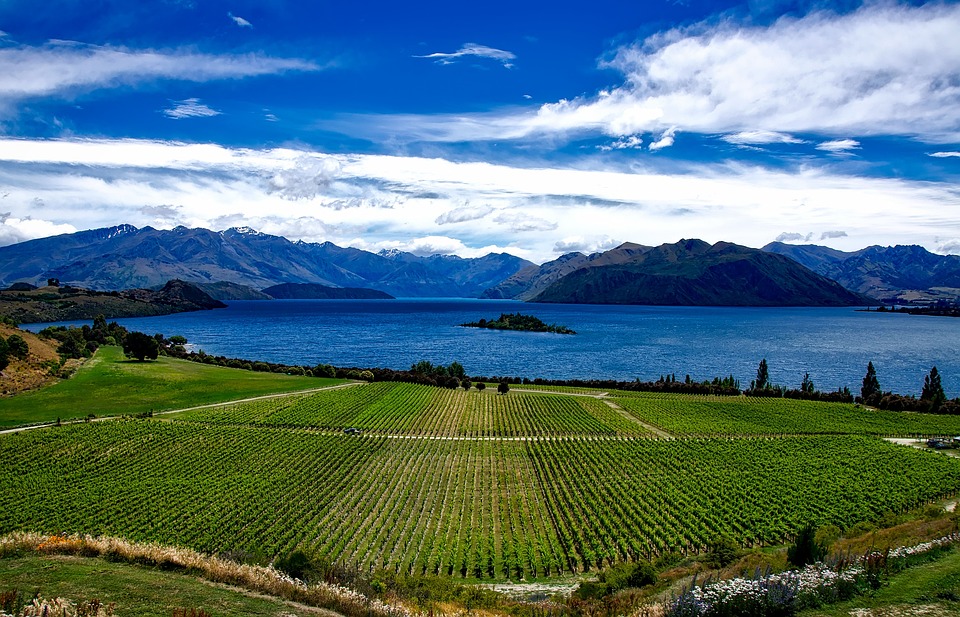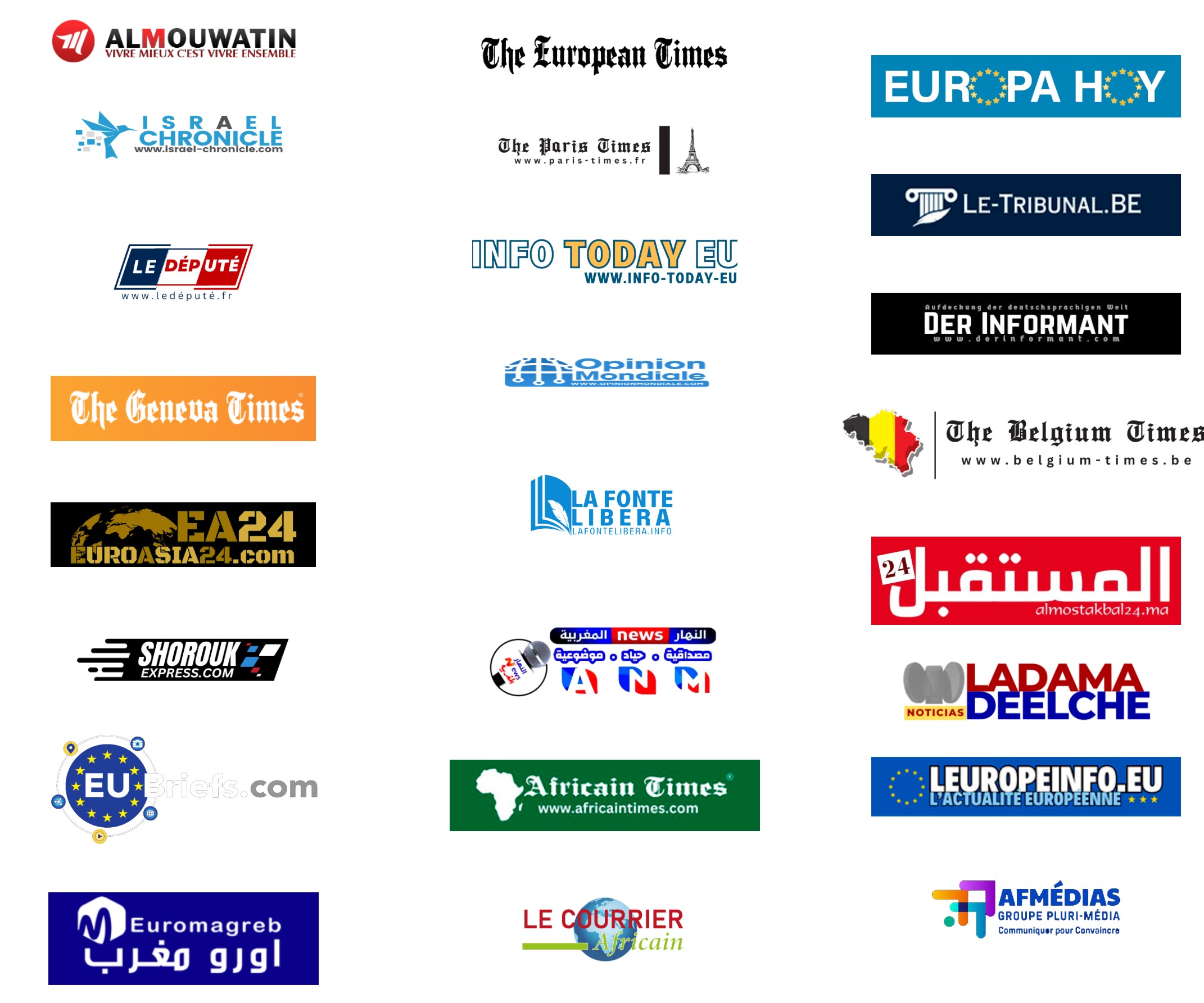The LIFE Programme announced that 1095 applications were made across 4 sub-programmes: nature and biodiversity; circular economy and quality of life; climate change mitigation and adaptation; and clean energy transition. The number of applications increased by 22% compared to 2024, while the amount of EU funding requested — more than €3.1 billion — also increased, by 16%. Overall, in line with the Programme’s co-financing rules, the request was made for the EU to fund around two-thirds of the total cost, while national, regional and local governments, public-private partnerships, businesses, and civil society organizations would cover the remainder.
All four LIFE sub-programmes drew in applications:
- Nature and biodiversity. 168 submissions: total value €1.620 billion / requested EU contribution €940 million (58%) – up 22.6% from 137 in 2024 and 55.6% from 108 in 2023.
- Circular economy and quality of life. 348 submissions: total value €1.862 billion / requested EU contribution €939 million (50%) – up 31.3% from 265 in 2024 and 124.5% from 155 in 2023.
- Climate change mitigation and adaptation. 260 submissions: total value € 1.171 billion / requested EU contribution €598 million (51%) – up 42.1% from 183 in 2024 and 37.6% from 133 in 2023.
- Clean energy transition. 319 submissions: total value €970 million / requested EU contribution €656 million (67%) – up 2.9% from 310 submissions in 2024 and 35% from 236 applications.
LIFE projects generally aim to:
- Safeguard Europe’s nature by halting and reversing the decline of biodiversity.
- Enhance the circular economy using innovative technologies and solutions.
- Protect, restore and improve the environment to ultimately enhance the quality of citizens’ lives.
- Reduce greenhouse gas emissions, increase resilience to climate change, and raise awareness of climate change mitigation.
- Drive the clean energy transition through energy-efficient and renewable energy solutions.
LIFE project applications can be submitted by any organisation or consortium, from businesses to universities to local authorities — and they may cover a single EU Member State or multiple countries. Projects must be aligned with European nature, climate, environmental and energy policies including the European Green Deal, European Biodiversity Strategy for 2023, Circular Economy Action Plan, Water Framework Directive and the clean energy transition.
Each proposal will undergo an independent evaluation, and CINEA (the EU Executive Agency managing the programme) will notify applicants of the results in spring 2026. The successful ones will sign the grant agreements during the summer of 2026, with the new projects starting later in the year.
About the LIFE Programme
Now in its 34thd year, the LIFE Programme is the EU’s funding instrument for the environment and climate action. Green ideas have been brought to LIFE since 1992 and, to date, the Programme has co-financed more than 6 500 projects across the EU and in non-EU countries associated to the Programme.
The European Commission has increased LIFE Programme funding by almost 60% for 2021 – 2027 period, now standing at more than €5.43 billion through the four sub-programmes: nature and biodiversity; environment and resource efficiency; climate change mitigation and adaptation; and clean energy transition.
The LIFE Programme is managed by CINEA, the European Climate, Infrastructure and Environment Executive Agency.






